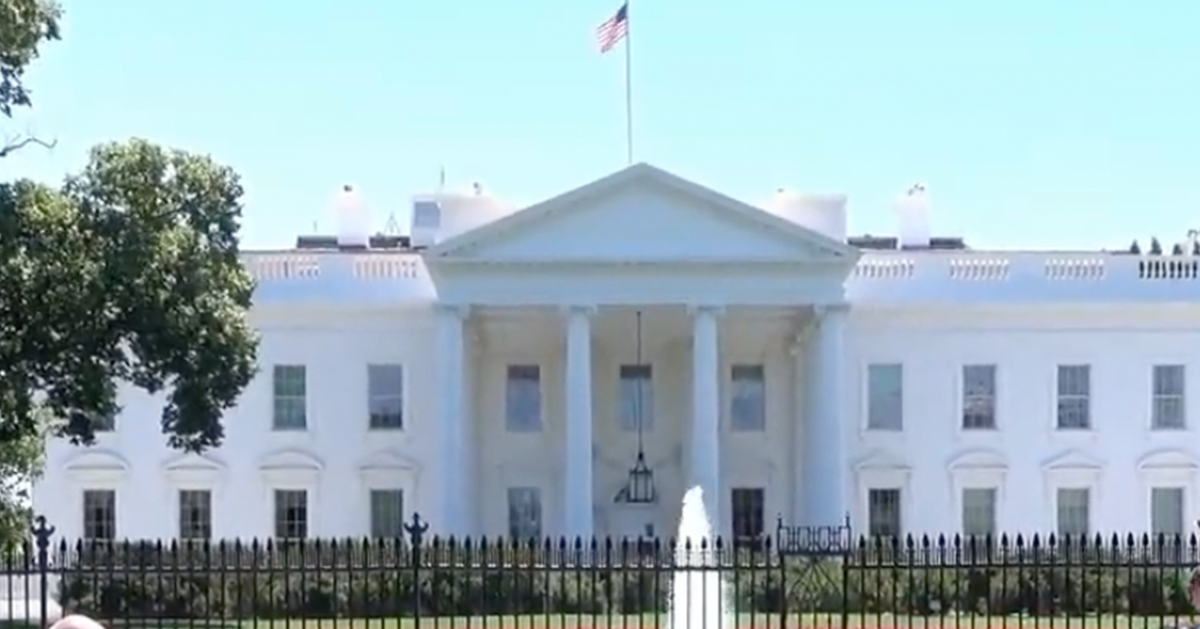Ohio Judge Strikes Down 6-Week Abortion Ban
In an Ohio courtroom, a significant decision has been reached impacting abortion legislation in the state, as a judge there has blocked a state statute that prevented abortions taking place after the detection of a fetal heartbeat.
The judge's ruling aligns with a constitutional amendment passed in 2023 that enshrines abortion rights within the Buckeye State, as the Washington Examiner reports, a move that has delighted Democrats across Ohio.
Ohio voters played a crucial role in the state's legal landscape in November 2023 when they approved Issue 1. This landmark decision incorporated abortion rights into the Ohio Constitution, effectively canceling the state's restrictive abortion law that came into effect that banned the procedure after the detection of a fetal heartbeat.
Judge Rules on Historic Decision
Last week, Hamilton County Common Pleas Judge Christian Jenkins issued a ruling meant to permanently block the six-week abortion ban.
Jenkins' decision underscores what he said was the necessity of fully implementing the constitutional amendment that protects abortion within Ohio.
The judge remarked that the recent amendment clearly reflects the state's electorate. "Ohio voters have spoken," he expressed, affirming that the constitution now solidly protects the right to abortion.
During the proceedings, Ohio Attorney General Dave Yost argued that while the strict six-week ban was no longer tenable, other state provisions should persist.
Among these was a requirement that individuals seeking an abortion undergo a waiting period of 24 hours.
Attorney General's Office Considers Next Steps
Jenkins dismissed the arguments in favor of retaining additional abortion-related provisions. His decision ensures that the amendment is "given full effect," thereby permanently blocking Senate Bill 23.
Following the ruling, the Ohio Attorney General's Office indicated it would carefully review the judge’s order. The state has a window of 30 days to consider potential avenues for appeal, keeping the future of Ohio's abortion legislation uncertain.
Kellie Copeland, executive director of Abortion Forward, commended the court's decision. She asserted the victory resulted from the efforts of countless Ohioans dedicated to protecting abortion access.
Future of Abortion Legislation Unclear
"This momentous win is due to the hard work of countless Ohioans," commented Copeland, emphasizing the law was rightly struck down due to the Ohio Reproductive Freedom Amendment. Her acknowledgment reveals the profound impact of grassroots advocacy in the state on this contentious issue.
The landscape of abortion legislation continues to evolve across the United States. On Nov. 5, other states, motivated by local circumstances and recent judgments, are set to put abortion measures to a vote on their ballots. This national trend signifies the ongoing debate over reproductive rights.
The 2022 U.S. Supreme Court ruling in Dobbs v. Jackson Women’s Health Organization served as a pivotal moment in U.S. legal history. This decision returned authority over abortion regulations to individual states, launching a variety of legal battles and ballot measures nationwide.
Implications of Court's Ruling
Judge Jenkins' decisionl represents a significant development in Ohio's legal stance on abortion. It effectively prevents the enforcement of laws mandating the cessation of abortions at six weeks. Opponents of the law argue that such restrictions are more political than medical, limiting women's autonomy over healthcare decisions.
As Ohio grapples with these challenging legalities, the outcome could serve as a benchmark for similar legislative battles in other states. The forthcoming elections promise to rise as another critical avenue for determining reproductive rights.
The road ahead for abortion rights in Ohio reflects both local advocacy and broader national conversations. With the state's legal decision, the commitment to upholding Issue 1 illustrates the power of constitutional amendments in shaping futures.
In a landscape shaped by legislative complexity and public opinion, this saga underscores the ongoing dialogue on reproductive freedoms.




